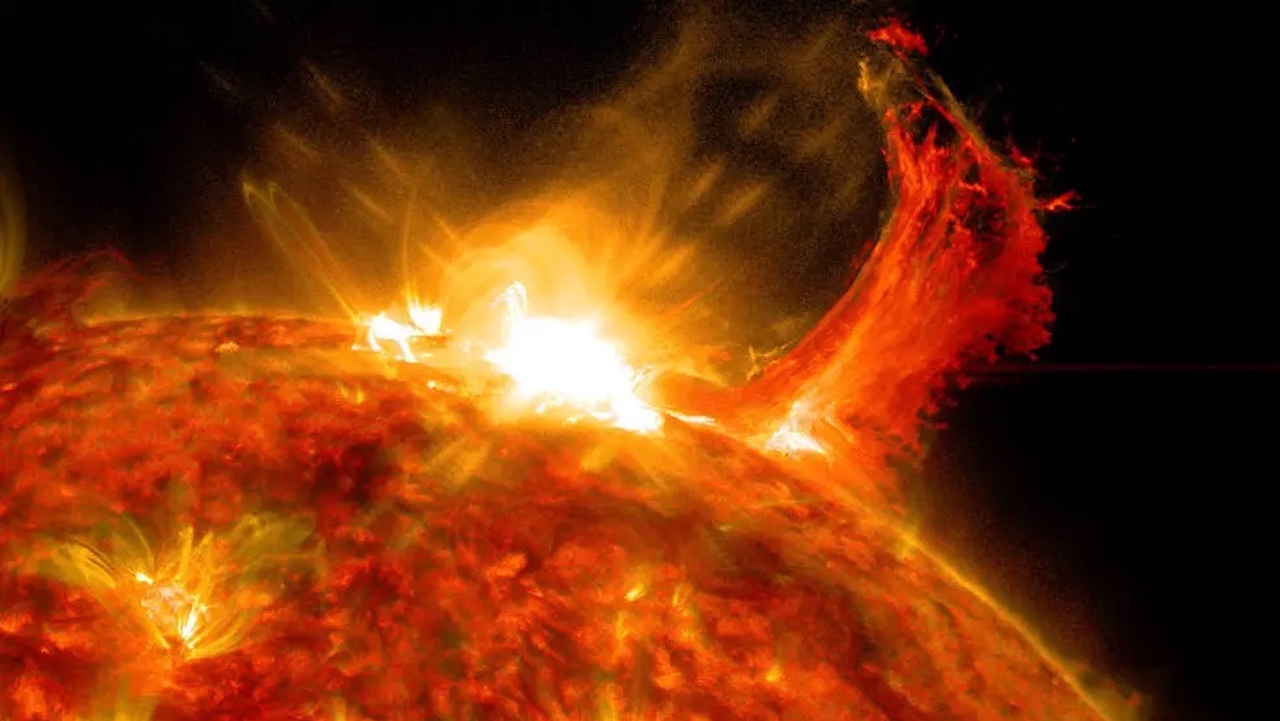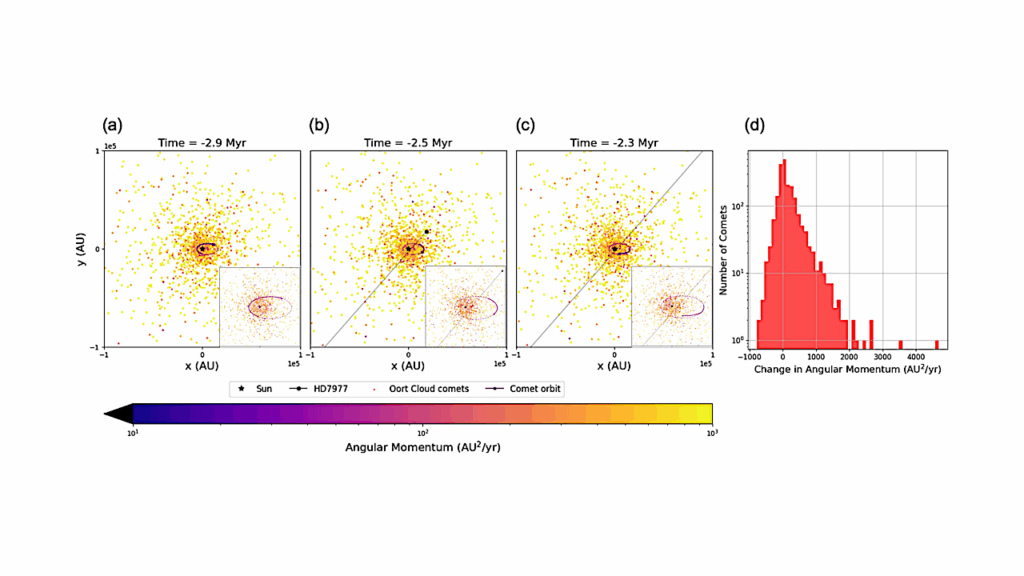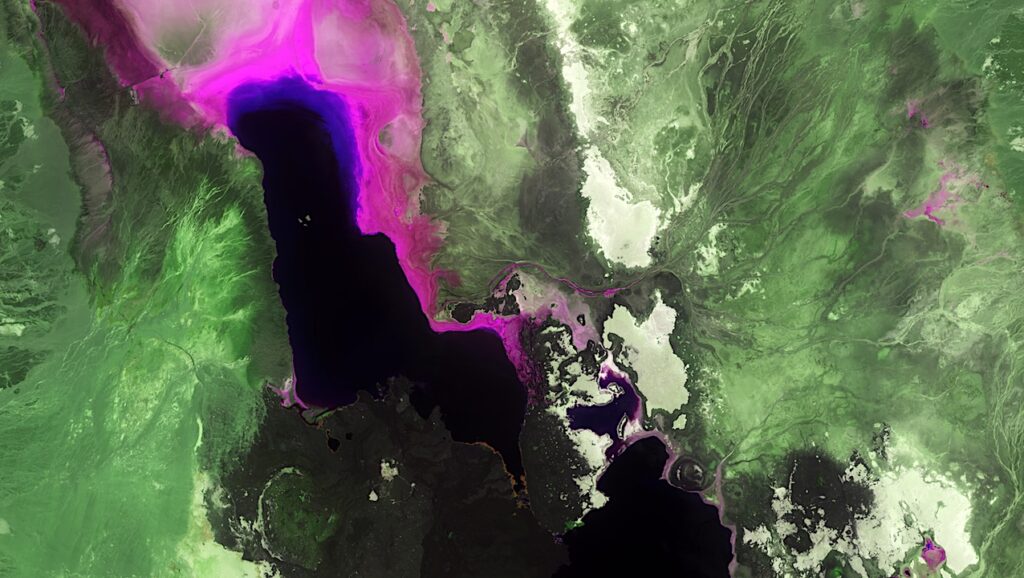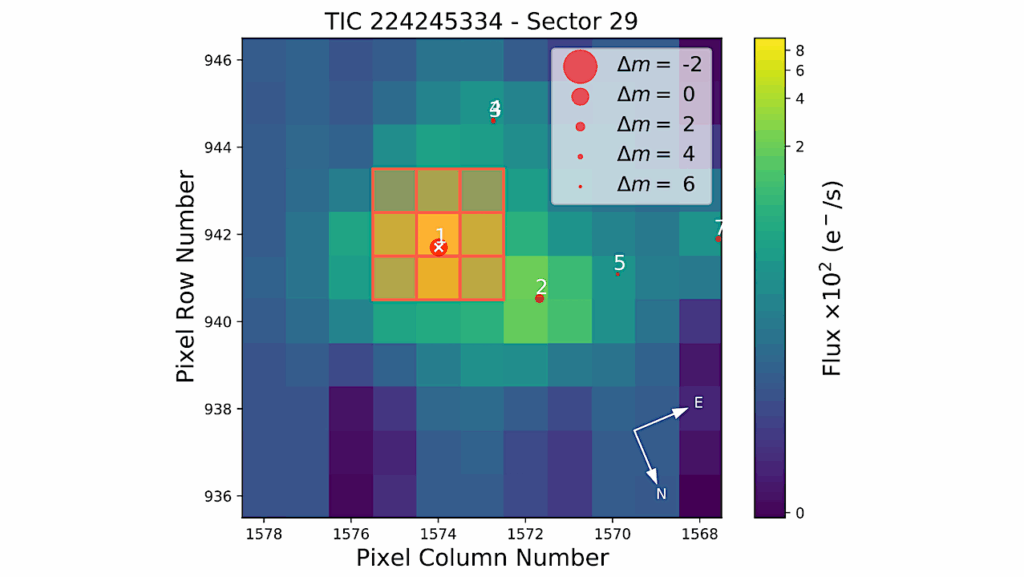Ancient Wood Hold Clues About Massive Solar Storms

The Northern Lights were visible much farther south than usual this year, and pictures of the colorful hues filled social media. Now, imagine an aurora hundreds of times brighter – except no one would be able to snap a photo of it, as the onslaught of particles rushing in from the sun would instantly turn smartphones into bricks.
Such extreme solar storms are rare – only six are known to have left their traces on Earth in the past 14,500 years, and none have been witnessed since the height of the Assyrian Empire nearly 2,700 years ago. A research team led by Irina Panyushkina of the University of Arizona Laboratory for Tree-Ring Research and Timothy Jull at U of A Department of Geosciences has now pinpointed the last time there was a burst of cosmic radiation so powerful that if it happened today, it would wreak havoc on power grids, satellites and communication networks around the globe.
The team published its findings in the journal Communications Earth & Environment.
Analyzing tree-rings for carbon-14, a naturally occurring radioactive variant of carbon, the team discovered a spike dating to the year 664 B.C., pinpointing the only extreme solar storm event whose timing had long eluded researchers.
Panyushkina, lead study author and a research associate professor of dendrochronology at the Laboratory for Tree-Ring Research. said determining the precise timing of a massive solar eruption event provides important data for scientists who study and develop models of the sun’s activity over time.
Carbon-14 continually forms in the atmosphere as a result of cosmic radiation, Panyushkina said. Eventually, carbon-14 reacts with oxygen to form carbon dioxide.
“After a few months, carbon-14 will have traveled from the stratosphere to the lower atmosphere, where it is taken up by trees and becomes part of the wood as they grow,” Panyushkina said.
It wasn’t until 2012 that extreme solar storms, known as Miyake events, were known to exist. That year, Fusa Miyake, a Japanese physicist and collaborator of Panyushkina’s team, published a paper reporting the storms’ telltale signature: spikes in radioactive carbon isotopes in the growth rings of trees.

The trunk of an ancient larch tree lies exposed on the muddy banks of the river Ob in Siberia. Samples from such trees that lived a long time ago allowed the researchers to search for spikes in radiocarbon documenting extreme solar storms in the distant past. Credit Irina Panyushkina, University of Arizona
Miyake events happen when the sun’s electromagnetic field weakens, allowing plasma from the sun’s surface to escape into space. With the increased solar activity, protons bombard Earth’s atmosphere and trigger chemical reactions leading to a spike in radioactive isotopes.
“Thanks to radiocarbon in tree-rings, we now know that six Miyake events happened over the last 14,500 years,” Panyushkina said. “If they happened today, they would have cataclysmic effects on communication technology.”
Panyushkina and her team used surgical knives to dissect individual tree rings from ancient wood samples, including samples from dead trees buried in riverbanks and timbers excavated during archeological digs. The researchers then burned the cellulose – the main component of wood – to determine the radiocarbon content.
To pinpoint whether solar storms caused the radiocarbon spikes, the researchers compared the tree-ring data to spikes other researchers found in a different isotope, beryllium-10, locked in ice cores taken from glaciers and ice sheets. Much like carbon-14, beryllium-10 forms in the atmosphere due to an onslaught of particles from the sun. Rain and snow capture the isotope and lock it into ice sheets similar to how trees absorb carbon-14.
“If ice cores from both the North Pole and South Pole show a spike in the isotope beryllium-10 for a particular year corresponding to increased radiocarbon in tree-rings, we know there was a solar storm,” Panyushkina said.

Variations of Δ14C concentrations measured in tree rings at ca. 660 BCE ME (a) and map showing the locations of the tree rings (b). New time series and previously published ones are color-coded. Tree-ring data locations: red-Altai Mountains and orange- Yamal Peninsula from this study; green—Japan from Sakurai et al.22; and blue—Central Europe from Park et al.10 and Rakowski et al.23. Rakowski et al. series23 shown here is excluded from the production rate modeling due to short length and missing values. The vertical line represents the 664 BCE. Although the series show some differences in Δ14C variations ca. 660 BCE ME, the spike signal is apparent as a ca. 15 ‰ increase over 2–3 years, which is sustained by high values for the next 2–3 years followed by a slow return to the average of ca. 5‰. The map was created in QGIS (3.8.0) using Google Earth imagery. — Communications Earth & Environment
Although tree-rings can act like ‘archivists’ recording Miyake events, researchers so far have not been able to find evidence of a pattern in the events, Panyushkina said.
“Tree-rings give us an idea of the magnitude of these massive storms, but we can’t detect any type of pattern, so it is unlikely we’ll ever be able to predict when such an event is going to happen,” she said. “Still, we believe our paper will transform how we search and understand the carbon-14 spike signal of extreme solar proton events in tree rings.”
“The energy from this type of event not only changes the atmosphere’s radiocarbon content but also the atmosphere’s chemistry,” she added. “We are trying to figure out how those short-lived and powerful events affect the Earth system as a whole.”
The timing of the ca-660 BCE Miyake solar-proton event constrained to between 664 and 663 BCE, Communications Earth & Environment (open access)
Astrobiology, Space Weather,








